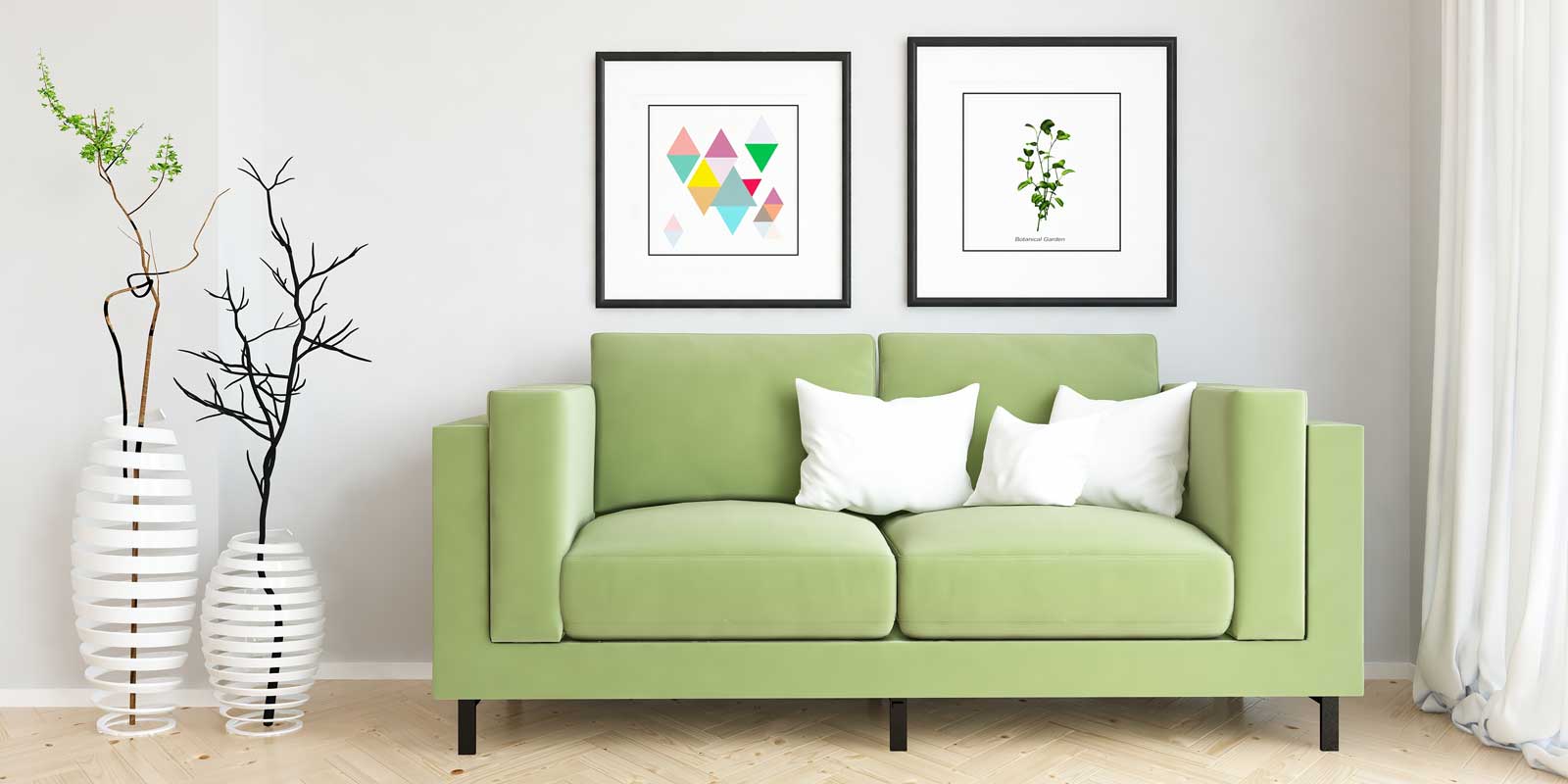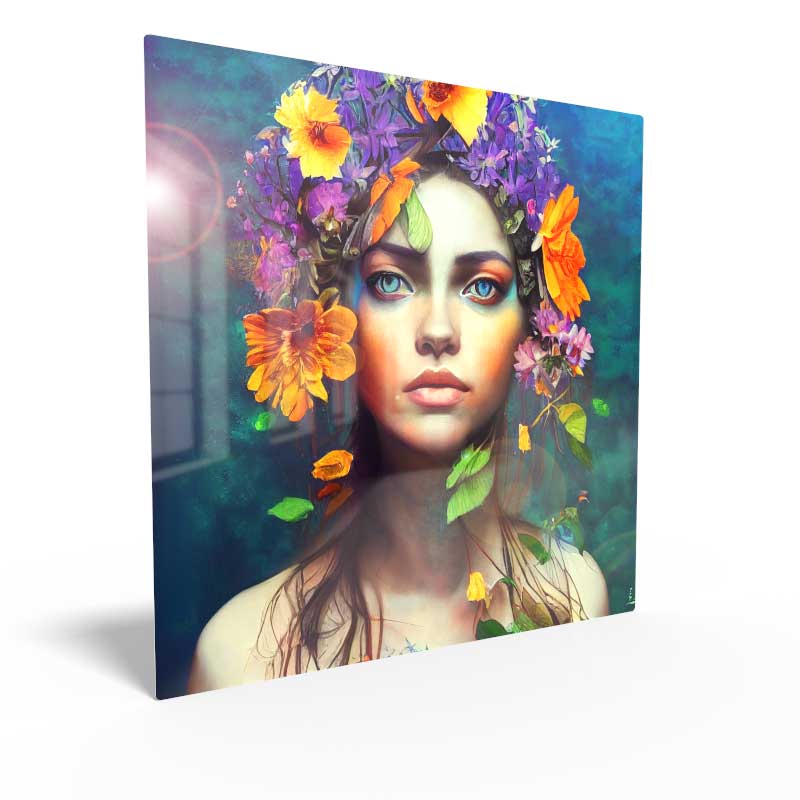Giclee printing is all the rage today and likely will be for some time until some other sort of digital printing technology takes is place. One of the reasons for its popularity is the word itself “giclee” which gives the print a sort of exotic connotation. Even photographers are starting to move their fine art photography the giclee printing method. Below I list some of the things to expect with a giclee print if you are considering having them made for your art reproductions or photography.
What is the Standard for a Giclee Print
The first thing to note is that a giclee print IS an inkjet process that originated in the 1980s that produces photo-realistic results. Since then the process has evolved and made giclee prints superior to other forms of prints in many ways.
There a many different printers that can produce these, but they are normally done with a wide format printer to economize the production since producing them on a small inkjet printer has a higher expensive associated with them.
The inks must be archival and usually a pigment/water based. This allows the inks to bond better to the surface of the media they are be printed on. Usually the properties that make these inks archival are going to be in the form of UV inhibitors or other properties that prevent them from fading.
The media itself is going to be either paper or canvas. Both must be archival in their base and ink receptive coating. Again this is to prevent the print from fading an deteriorating overtime.
There is no actual set lifespan that a giclee print must endure however it is usually understood that it should be able to last 100 plus years if properly displayed.
None of these standards have been set by any central authority but are ones that have simply become accepted by the industry and excepted in the fine art community. There are some certifications a company can achieve if they produce giclee prints. As an example, FinerWorks is certified through Hahnemühle Papers which is one of the better known, and we are proud to say has one of the most prestigious lines of papers. These certifications are to ensure a company is following the production standards they require and using approved inks and papers. Hahnemühle also offers a certificate and registration program for the artists who have their prints made on their fine art papers. These are available through FinerWorks.com.
What to Expect
Giclee prints are less likely to have any defects from the printing process than most other printing methods. That does that mean they don’t occur. Things like an ink spot or even a blemish in the paper do happen on occasion. With any fine art print a small defect can be a sign of it’s uniqueness however when we produce giclee prints we strive to keep them all uniform and defect free as possible. This means each print has to be inspected to limit the number that might get overlooked.
Colors will be very accurate with some exceptions. If the printer has components that fail during the printing process or a correct printing workflow is not used colors can suffer. This tends to be a rare occurrence. More often color issues arise due to the file, therefore it is a good idea to get as much information from your printer as to their file requirements since this may vary. This will help alleviate potential reprints which can be expensive and/or time consuming.
If resolution issues occur, it will almost always be related to the file being printed. It’s best to use a file that is 200-300 pixels per inch at the intended print size. Very large giclee prints may be less since those will normally be viewed from some distance. Some surfaces are also more forgiving than others. For instance canvas which has a prominent texture might allow you to get away with printing a lower resolution file than a smooth paper.
Giclee prints are delicate. I sometimes joke that if you look at a giclee print the wrong way, you will damage it. The rule of thumb is to treat it as you would any fine art piece until it is framed. Since giclee prints tend to scratch very easily care should be taken when handling them. Things like the moisture or oils on your fingers have the potential to show up on the print. Because of their delicate nature, shipping a giclee print can be risky unless proper packaging is used (I have discussed this in some previous posts).
Protective coating the print may or may not be necessary. Except for certain types of canvas which can handle water-based coatings, the paper prints require a lacquer based coating. We choose not to spray coat our giclee prints on papers since when applied they provide minimal protection unless applied very heavily which can have a negative effect to the printed image itself.
Frame them or keep them in archival storage bags as soon as you can. Frames are the best choice for selling them since they assign extra value to the print. It is best to place it behind some sort of glazing like acrylic or glass unless it is canvas in which case you may opt to have the print exposed like an oil painting would be.
If they arrive to you rolled, flatten them out as soon as you can. Support them with some sort of archival grade backing like foam-core or an acid free mat. Most of all put them on display as soon as you can since they are made to be enjoyed.
Order HD Chromaluxe® Metal Prints
Print your artwork or photography as custom-size metal prints. Using the dye-sublimation process, your image is fused to the surface of rigid aluminum panels. These provide a modern look when decorating your home or office. Choose from multiple metal surface options. Order it framed, with a float wall mounting or even with a tabletop easel back.


Most good Photographers have a workflow for post processing. Exhibition is the end game and you need a work flow for that. Included in mine is printing at Finerworks. You need to have your own process for handling prints when you get them until they are nicely buttoned up in a frame. In between a messed up part of the process is crushing for you the Artist. Exhibition is part of Artistry! Be a Master – your good stuff deserves it!
Which types of canvas can handle water based varnishes?
All our canvases can handle any sort of water based varnish. On the gloss and matte however you will want to spray the coating since the Canon archival pigmented inks used on those are also water-based. If you roll or brush it on a water-based ink you could harm the print. Also it is recommended doing two light coats as a minimum. Wait for one coat to dry before adding the second coat.
With the Artisan and Metallic canvas we use Epson Eco-Solvent inks. Since those are not water-based you should be able to roll or even brush (probably should use a soft brush) the coating on if you desire.
Ok, so should I leave giclee prints rolled to sell, or should I flatten them out and sell them flat ?
Ideally, if you can display them flat, that is best. With larger sizes, it may be difficult and potentially hazardous to print. For those, I would probably contain in some sort of frame, even if it is just a basic poster frame.